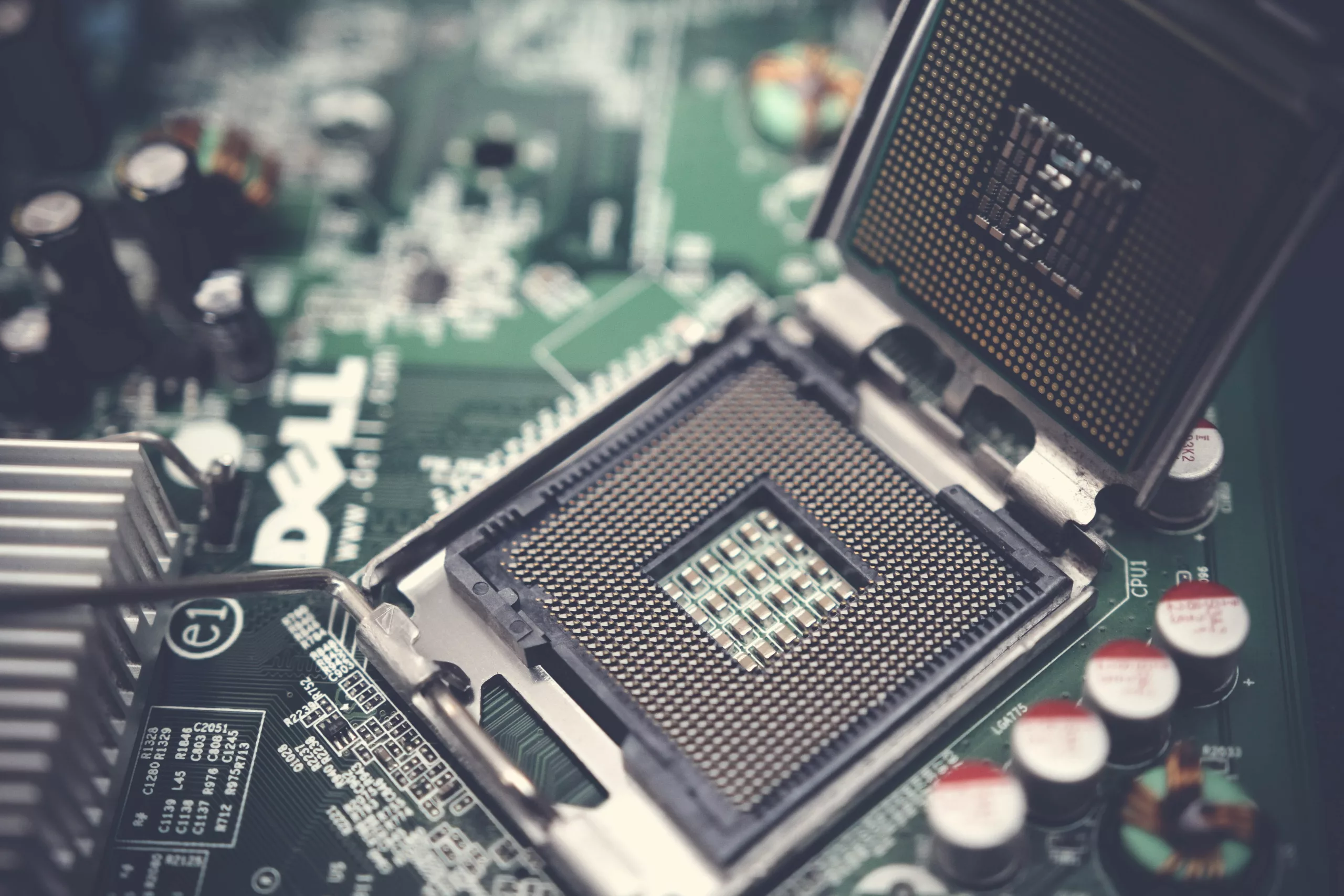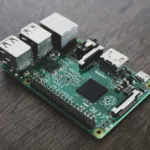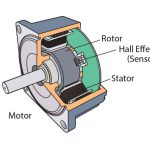
Introduction
Digital Micro-Electro-Mechanical Systems (MEMS) sensors are remarkable devices transforming how we collect data in various applications–from smartphones and wearables to industrial machinery and automotive systems. These sensors provide more invaluable information about different physical parameters, such as motion, pressure, humidity, and temperature, than analogue sensors. However, like any technology, MEMS sensors have their limitations. One critical limitation is aliasing–significantly affecting the accuracy and reliability of sensor data. This article explains the concept of aliasing in digital MEMS sensors, its causes, consequences, and mitigation strategies.
Understanding Digital MEMS Sensors
Digital MEMS sensors are tiny devices that integrate mechanical and electrical components on a microscale chip. They measure various physical parameters and convert them into electrical signals that electronic systems can process. Due to their digital compatibility, small size, robust accuracy, and low-power consumption features, digital MEMS sensors are extensively used in a wide variety of consumer electronics, automotive systems, IoT applications, and industrial automation. Some common digital MEMS sensor types include accelerometers, gyroscopes, pressure sensors, and microphones.
The operation of a MEMS sensor typically involves the movement of a mechanical element, such as a cantilever or a diaphragm, in response to an external stimulus. This movement triggers a change in electrical properties, which is then translated into a digital signal for further processing.
Digital Sampling and Aliasing: A Brief Overview
Digital MEMS sensors, like many other digital systems, operate based on discrete time intervals or samples–called digital sampling. When a MEMS sensor samples a continuous real-world signal, it captures signals’ discrete values at regular intervals. The rate at which these samples are taken is called the sampling frequency or sampling rate, typically measured in Hertz (Hz).
Aliasing occurs if the sampling frequency is too low to represent the original analogue signal accurately. To put it simply, aliasing involves capturing a fast-moving object in a series of snapshots taken at a too-slow rate. In such cases, the digital representation of the signal loses information, leading to erroneous results. Aliasing often manifests as unexpected or incorrect frequency components in the sampled signal.
Unlocking Causes of Aliasing in MEMS Sensors
Aliasing in MEMS sensors can be attributed to two primary factors:
- Insufficient Sampling Rate: When the sampling rate is too low, the sensor misses the input signals’ critical details. For instance, aliasing can occur if a MEMS accelerometer is used to measure high-frequency vibrations but is sampled at a rate insufficient to capture those vibrations accurately. The sensor will incorrectly represent the vibration frequency, leading to inaccurate results.
- Input Signal Frequency: The frequency of the input signal is a significant factor in aliasing. Input signals with higher frequency components than half of the sampling rate (known as the Nyquist frequency) can lead to aliasing. A bespoke phenomenon occurs because the sensor cannot differentiate between the original high-frequency signal and its lower-frequency alias.
Exploring the Consequences of Aliasing
Aliasing can have several detrimental effects on the data collected by MEMS sensors, such as:
- Data Distortion: The most immediate consequence of aliasing is data distortion. The sensor produces inaccurate measurements, leading to incorrect conclusions and actions based on that data.
- Misinterpretation: Aliased data may result in misinterpretation of events or phenomena, especially in applications where accurate timing and frequency information are critical.
- Loss of Information: Aliased data may lose crucial information about the original signal, hindering the true state construction of the monitoring system.
Preventing Aliasing in Digital MEMS Sensors: Crucial Mitigation Strategies
Digital MEMS sensors have become ubiquitous in modern technology; however, the potential for aliasing effects poses a challenge to accurate data acquisition and interpretation. To minimise aliasing effects in bespoke sensors, several strategies can be employed, including:
- Higher Sampling Rates
Increasing the sampling rate allows the sensor to accurately capture higher-frequency input signal components. However, the balanced cost of increased data processing and power consumption should be ascertained with the application’s specific requirements.
- Analog Anti-Aliasing Filters
Analog anti-aliasing filters often used before the sensor’s analog-to-digital converter (ADC) to remove high-frequency components from the sensor’s signal before digitalisation. These filters attenuate high-frequency components in the input signal, ensuring only the relevant or desired frequency range is sampled.
- Digital Signal Processing
Advanced digital signal processing techniques can significantly reduce aliasing effects in sample data. Approaches such as adaptive filtering and spectral analysis can identify or filter out high-frequency noise or aliasing components after sampling.
- Sensor Design
The design of the MEMS sensor can influence aliasing. Engineers can optimise sensor design parameters, including sensor bandwidth, sensitivity, and noise characteristics, to minimise aliasing risks.
Bottom Lines
Digital MEMS sensors are invaluable tools providing vital data for multiple applications. However, it is crucial to understand and mitigate the effects of aliasing to ensure accurate and reliable results. By addressing the causes of aliasing through appropriate sampling rates, anti-aliasing filters, and digital signal processing, it is possible to harness the full potential of MEMS sensors and make data-driven informed decisions. With technological advancement in the future, addressing aliasing will likely remain a fundamental consideration for engineers and scientists working with digital MEMS sensors.





















